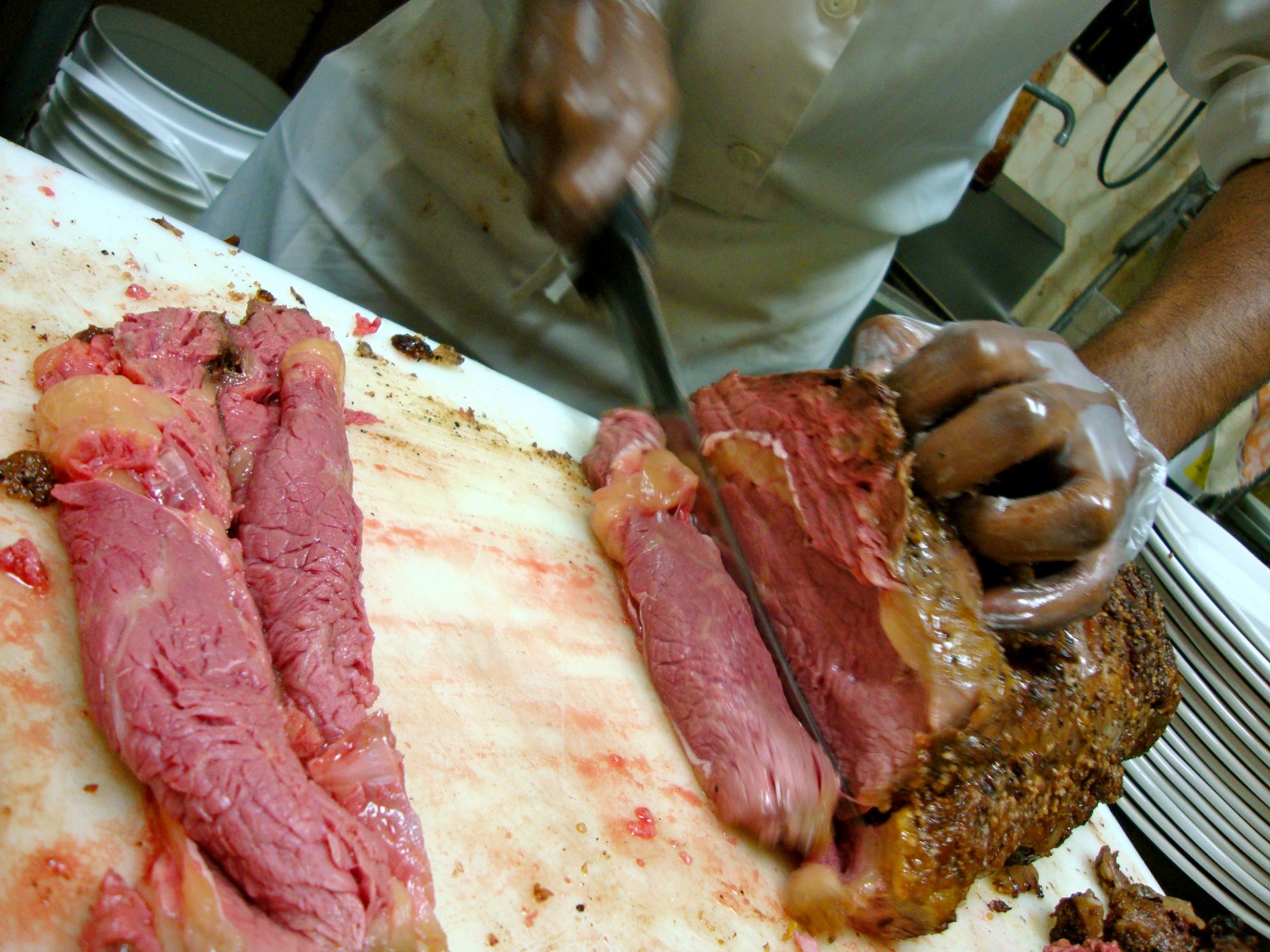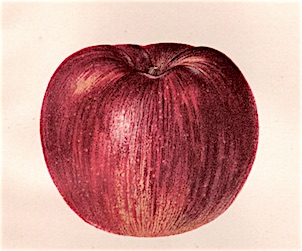In the May Ecclesiastes 3 we published a piece outlining a simple way to make artisanal bread at the cottage without kneading. We found that the changes we made to the recipe this year worked well, particularly the addition of European pilsener which produced a more complex taste.
We modified the recipe slightly by reducing the salt to 3 tsps from 4 and reducing the water added by 0.40 oz. The latter adjustment had a big positive effect and likely due, according to Shawn Gabrynch, to the cottage’s proximity to the lake. Also we tried cooking it longer up to 50 minutes covered to make it more crusty.
We tried substituting live sour dough yeast and this spectacularly failed. Our Baker Shawn does this at George with great results. Up to now we do not know what happened to us but we will master it hopefully this summer.
For variety, Shawn gave us another recipe which is set out below:
Combine the following dry ingredients in a mixing bowl
– 18 oz of all purpose flour
– ½ tsp active dry yeast
– 1 tbsp salt
– 6 oz of dry mashed potatoes – Shawn uses Yukongold – boil for 15 minutes and do not overcook. Mash although Shawn leaves a few lumps of potato giving the bread more potato taste
– 1 tbsp of rosemary
– pinch of cayenne pepper
Mix together by hand leaving a hole in the centre
Combine the following wet ingredients
– 6 oz of water
– 6 oz of European style pilsener beer
– 1 tbsp vinegar
– 1 tbsp honey
Pour the wet ingredients into the centre of the dry ingredients and mix with your hand drawing it around the side of the bowl. Cover the bowl with a cloth and set aside for proofing for 4 to 6 hours or until it approximately doubles.
Remove the dough from the bowl and fold it once. Shape it into a boule and let stand uncovered for a second proofing for 60 to 90 minutes. This step is more difficult than that needed for our earlier recipe. The dough can be a bit runny. If so, flour the surface and your hands putting flour also on the top of the dough. Fold it in half twice, not once as per the original recipe, putting flour on top of the dough at each fold. When shaping the boule keep your hands floured and be gentle.
20 minutes before the end of the second proofing, turn on the oven to 500 degree and insert a cast iron pot with cover into the oven. Don’t worry if after the second proofing, the boule flattens out a bit.
When proofed put the boule into the pot turning the boule upside down and re-cover. Turn oven down to 450. After 30 minutes remove cover and before removal, cook for another 3 to 5 minutes so that the bread darkens. For a crustier bread cook uncovered for 45 to 50 minutes and remove.
In this recipe it is crucial that the potato prior to mashing is not overcooked. Shawn reminds us not to eat the bread for at least one hour after it comes out of the oven. First it is gummy and secondly it slows down our digestive system.
 – Le Patron
– Le Patron
Follow Le Patron for ruminations on local seasonal food markets as well as speculation on broader global food issues @lepatronecc3








This sounds amazing. I’m going to try it this weekend. Thanks!